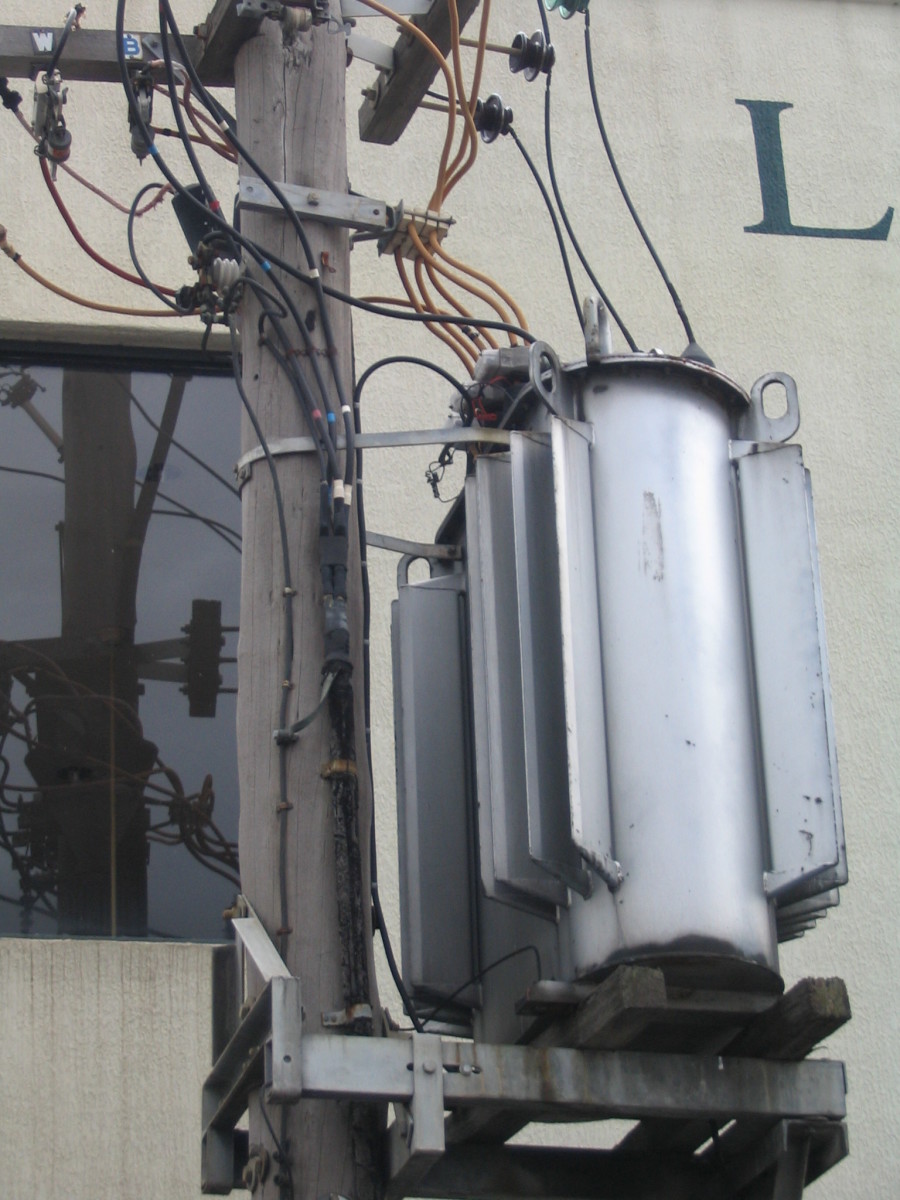Description of an Eligible Contract Participant

© 2012 by Aurelio Locsin.
The U.S. Commodity Exchange Act specifically defines an “eligible contract participant” as someone who can engage in transactions not normally available to retail customers. Though the Act was created in 1936 to regulate the trading of commodities such as cotton, grain, butter and eggs, it has been amended numerous times to include all trading in all commodities including energy, foreign currencies and government securities.
Contracts
Though the term “contract” applies to all kinds of legal and financial agreements, the term “eligible contract participant” only applies to certain commodity transactions involving high risk. One example is a commodity swap, which exchanges assets or liabilities for similar financial instruments. Another is the trading of certain commodities on a Derivatives Transaction Execution Facility. This type of transaction specifically excludes retail traders, unless they use futures commission merchants with net assets of at least $20 million or commodity trading advisors with at least $25 million.
Individuals
Individuals who qualify as eligible contract participants have at least one of two things in common: (1) They have the training and education to understand the technical aspects of large financial transactions. This category includes brokers and dealers, futures commission merchants, and floor brokers or traders. However, they must all be regulated by the Securities Exchange Commission. (2) They have the resources to cover the financial obligations that their transactions incur. These include individuals with assets of $10 million, or $5 million if they contractually agree to manage the risk associated with the transaction. Agents or representatives of these individuals can also qualify as eligible contract participants if they can be regulated by the government.
Organizations
Organizations can also qualify as eligible contract participants if they similarly have the technical knowledge required by their businesses or sufficient assets to cover obligations. Examples of the former include financial institutions, insurance companies regulated by a government entities or investment companies. Examples of the latter are commodity pools with assets over $5 million; employee benefit plans with assets over $5 million; or corporations, organizations or partnerships with assets over $10 million. In addition, these organizations must be subject to regulation either by the U.S. or foreign governments.
Government Entities
Government entities can also qualify as eligible contract participants but require no special prerequisites. These include the U.S. federal government, any foreign government, or political subdivisions of these entities such as states and cities. Multinational agencies such as the United Nations or the World Trade Organization also qualify. Note that these definitions come from American law and apply to transactions that the U.S. can regulate. Other countries may have entirely different qualifications for eligible contract participants, making the international definition more complicated. These foreign qualifications become important only if part or all of a transaction is also regulated by a foreign entity.







